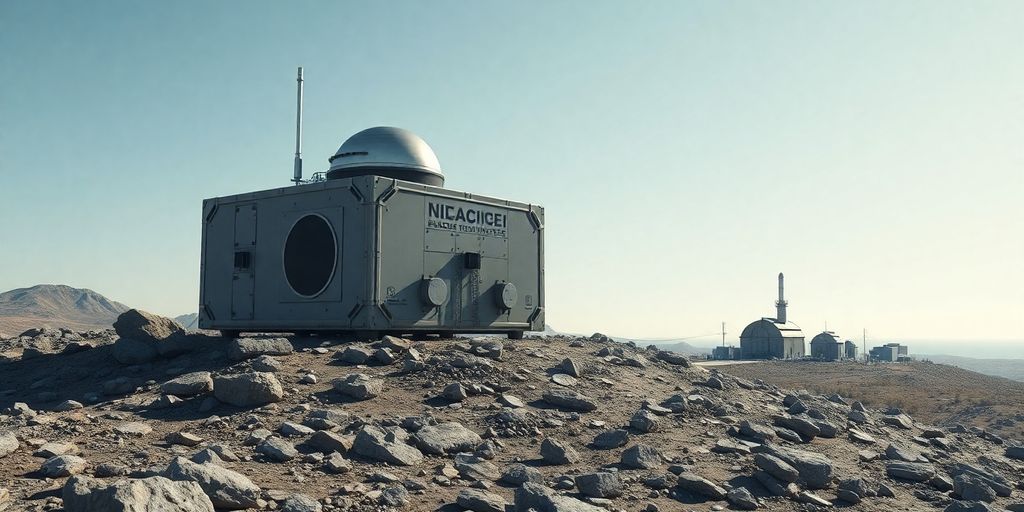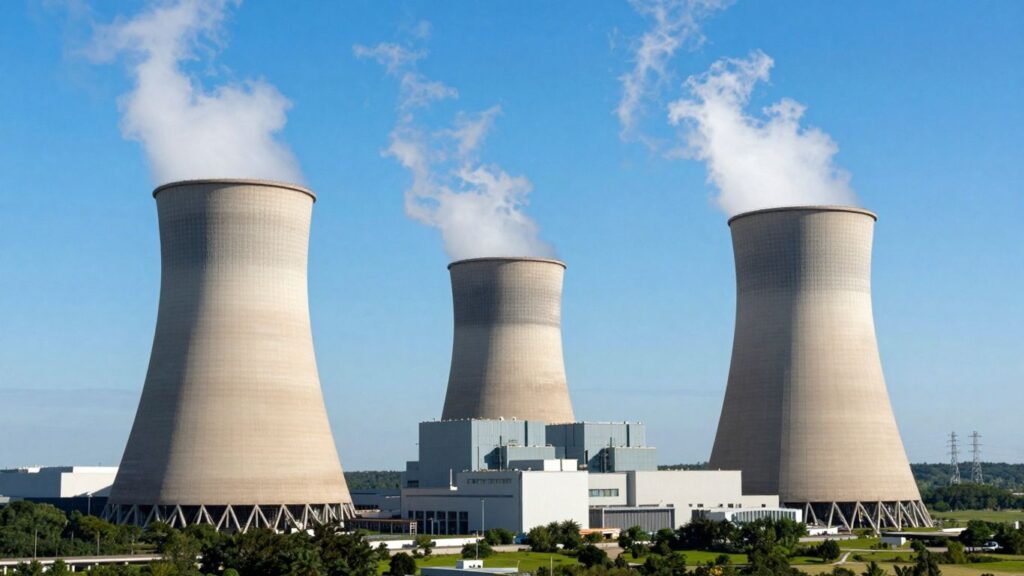The SMR Debate: A Viable Solution for Remote Communities?
Small Modular Reactors (SMRs) are being touted as a potential energy solution for remote communities and mining operations in Canada, offering a cleaner alternative to diesel generators. However, a closer examination reveals significant economic and logistical hurdles that question their viability.
Key Takeaways
- SMRs are proposed as a cost-effective and low-emission energy source for remote areas currently reliant on expensive diesel fuel.
- Studies suggest SMRs are significantly more expensive than diesel, wind, or solar alternatives, with levelized costs of energy (LCOE) potentially ten times higher.
- The market demand in remote Canadian communities and mines is likely insufficient to justify the investment in manufacturing SMRs.
- Renewable energy technologies, such as wind and solar hybrids, are becoming increasingly cost-competitive and socially accepted.
- Indigenous communities, in particular, have expressed strong opposition to SMRs due to concerns about environmental impact and self-determination.
Economic Viability of SMRs
Proponents of SMRs suggest they could lower electricity costs and reduce carbon emissions in remote locations where diesel generation is costly and inefficient. However, research indicates that the levelized cost of energy (LCOE) for SMRs could be substantially higher than that of diesel-based electricity. This is largely due to the principle of economies of scale; smaller reactors are inherently less cost-efficient than larger ones. While proponents hope to offset this through mass manufacturing, the market size in remote Canadian communities and mines appears insufficient to support the necessary factory investment.
Market Demand and Alternatives
An analysis of potential markets in Canada, including remote mining projects and communities, suggests that the total electricity demand is likely less than 1000 MW. This falls short of the estimated three to seven times higher demand required to justify the cost of SMR production. Furthermore, the study found that SMRs are not competitive with other energy alternatives. Hybrid generation systems, combining wind or solar power with diesel, are often the most cost-effective option. These renewable solutions have seen significant cost reductions and are becoming increasingly feasible for remote applications.
Social Acceptance and Indigenous Opposition
Beyond economic considerations, social acceptance plays a crucial role. Many northern and Indigenous communities prioritize self-determined decision-making and maintaining a harmonious relationship with the land. In this context, SMRs have faced significant opposition. For instance, the Anishinabek Nation, representing 40 First Nations in Ontario, has unanimously expressed strong opposition to the siting of SMRs within their territory, highlighting concerns about environmental impact and the potential disruption of traditional land use.
The US Perspective and AI Demand
In the United States, there’s a narrative linking nuclear power, including SMRs, to the country’s ambition to lead in Artificial Intelligence (AI). The argument is that AI’s significant and growing electricity demand necessitates stable, low-carbon energy sources like nuclear power. However, the US faces its own challenges in nuclear energy development, including weak domestic uranium mining and processing capacity, reliance on imports for components, and a shortage of skilled nuclear construction talent. The high costs and delays experienced in projects like the Vogtle nuclear power plant underscore these difficulties. While the US aims to quadruple its nuclear capacity, the effectiveness of this strategy, especially when framed as a competition with China, remains a subject of debate, with calls for greater international cooperation in both nuclear energy and AI development.
Sources
- Small modular reactors aren’t the energy answer for remote communities and mines, Policy Options.
- ‘US-China AI arms race’ is a misleading narrative, Global Times.












